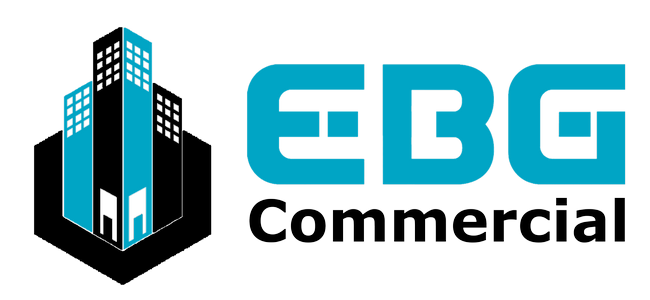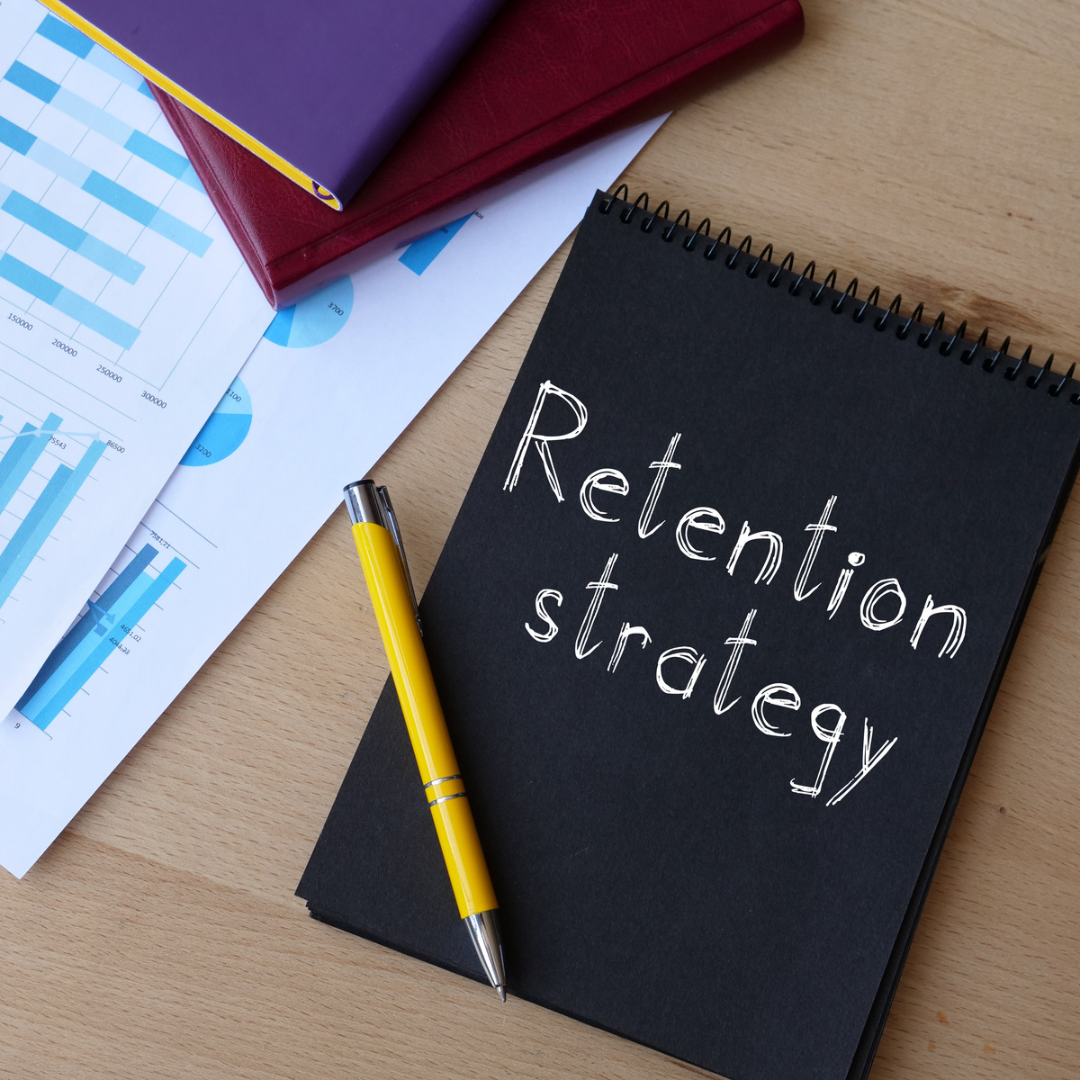Tenant Retention Strategies for Retail Properties
In the world of retail property management, tenant retention is a critical factor that can significantly impact the success and profitability of a property. The longer a tenant stays, the more stable the income stream, and the less time and money is spent on finding new tenants. However, retaining tenants in retail properties requires more than just providing a space for their business. It involves building strong relationships, understanding their needs, and creating an environment that supports their success.
In this blog post, we will explore effective tenant retention strategies for retail properties that property managers and owners can implement to ensure long-lasting, mutually beneficial relationships with their tenants.
1. Open and Regular Communication
Communication is the foundation of any successful relationship, and the landlord-tenant relationship is no different. Regular communication with tenants helps to build trust and allows property managers to stay informed about tenants’ needs, concerns, and satisfaction levels.
Regular Check-ins: Schedule periodic meetings or check-ins with tenants to discuss their experiences, address any concerns, and understand their business needs. This can be done quarterly or biannually, depending on the size of the property and the number of tenants.
Feedback Mechanisms: Implement feedback systems such as surveys or suggestion boxes to allow tenants to voice their opinions and concerns. Act on the feedback received to show tenants that their input is valued and taken seriously.
Transparency: Be transparent about any changes, such as upcoming maintenance, renovations, or policy updates. This helps tenants feel informed and involved in the property’s operations, fostering a sense of partnership.
2. Maintain the Property to High Standards
A well-maintained property not only attracts new tenants but also helps retain existing ones. Tenants want to operate their businesses in a clean, safe, and well-maintained environment, as it reflects positively on their brand and enhances customer experience.
Regular Maintenance: Implement a proactive maintenance schedule that includes regular inspections, prompt repairs, and routine cleaning. Address issues such as lighting, plumbing, HVAC systems, and landscaping before they become major problems.
Aesthetic Appeal: Invest in the aesthetic appeal of the property, including landscaping, signage, and common areas. A visually appealing environment can enhance customer foot traffic and contribute to the success of retail tenants.
Safety and Security: Ensure that the property is safe and secure, with adequate lighting, surveillance cameras, and security personnel if needed. A secure environment gives tenants and their customers peace of mind, making them more likely to stay.
3. Offer Competitive Lease Terms and Incentives
Lease terms and financial considerations play a significant role in tenant retention. Offering competitive lease terms and incentives can make tenants feel valued and reduce the likelihood of them seeking alternative locations.
Flexible Lease Terms: Consider offering flexible lease terms that align with the needs of different tenants. For example, shorter lease terms with renewal options may appeal to startups, while longer terms with rent escalations could be attractive to established businesses.
Rent Incentives: Offer rent incentives, such as rent reductions or abatements during difficult economic times, to help tenants manage their cash flow. This shows that you are willing to work with them during challenging periods, building loyalty.
Renewal Incentives: Encourage lease renewals by offering incentives such as rent discounts, upgrades to their space, or improvements to common areas. These incentives can make the renewal process more attractive than relocating.
4. Support Tenant Success
Tenants are more likely to stay in a property where they feel supported and where their business can thrive. As a property manager, you can contribute to their success by providing resources, marketing support, and fostering a sense of community.
Marketing Support: Collaborate with tenants on marketing initiatives that drive foot traffic to the property. This could include hosting events, advertising the property, or creating joint promotions. Increased customer traffic benefits all tenants and enhances their likelihood of staying.
Business Resources: Provide tenants with access to business resources, such as networking opportunities, workshops, or seminars on relevant topics like digital marketing, customer service, or retail trends. These resources can help tenants grow their businesses, making them more likely to renew their leases.
Community Building: Foster a sense of community among tenants by organizing tenant appreciation events, networking mixers, or community service initiatives. A strong sense of community can create a positive atmosphere where tenants feel connected and valued.
5. Respond Promptly to Issues
When tenants have concerns or face issues, a prompt and effective response can make all the difference in retaining them. A delayed or inadequate response can lead to frustration and dissatisfaction, increasing the likelihood of tenants looking for alternative spaces.
24/7 Support: Ensure that tenants have access to support 24/7, especially for emergencies. A dedicated helpline or emergency contact number can reassure tenants that help is always available when needed.
Issue Resolution: Address tenant issues quickly and efficiently. Whether it’s a maintenance problem, a dispute with another tenant, or a billing question, resolving issues promptly demonstrates your commitment to tenant satisfaction.
Follow-up: After resolving an issue, follow up with the tenant to ensure that they are satisfied with the outcome. This extra step shows that you care about their experience and are committed to maintaining a positive relationship.
6. Understand and Adapt to Changing Needs
The retail industry is dynamic, with trends and consumer preferences constantly evolving. As such, the needs of retail tenants may change over time. Staying attuned to these changes and adapting accordingly is key to retaining tenants.
Market Research: Stay informed about the latest retail trends and market conditions. This knowledge allows you to anticipate changes in tenant needs and adjust your property’s offerings or amenities accordingly.
Space Flexibility: Consider offering flexible spaces that can be easily reconfigured to meet the changing needs of tenants. For example, modular spaces that can be expanded or reduced as a tenant’s business grows or contracts.
Tenant Surveys: Conduct surveys or interviews with tenants to understand how their needs are evolving. Use this information to make data-driven decisions about property improvements, amenities, or lease terms.
7. Build Strong Relationships with Tenants
At the heart of tenant retention is the relationship between the property manager and the tenant. Building strong, positive relationships can create a sense of loyalty and make tenants more inclined to stay.
Personal Connection: Take the time to get to know your tenants personally. Learn about their businesses, their challenges, and their goals. A personal connection can make tenants feel more valued and appreciated.
Trust and Respect: Build trust by being honest, reliable, and respectful in all interactions with tenants. Trust is a key component of any long-term relationship and can significantly impact tenant retention.
Long-term Vision: Share your long-term vision for the property with tenants. When tenants understand your commitment to the property’s success and see how their business fits into that vision, they may be more likely to stay.
Conclusion
Tenant retention is not just about keeping tenants in a space; it’s about building lasting relationships that benefit both the property owner and the tenant. By implementing these strategies—fostering open communication, maintaining high property standards, offering competitive lease terms, supporting tenant success, responding promptly to issues, understanding changing needs, and building strong relationships—you can create an environment where tenants feel valued and supported. This, in turn, leads to higher retention rates, a stable income stream, and a thriving retail property.


